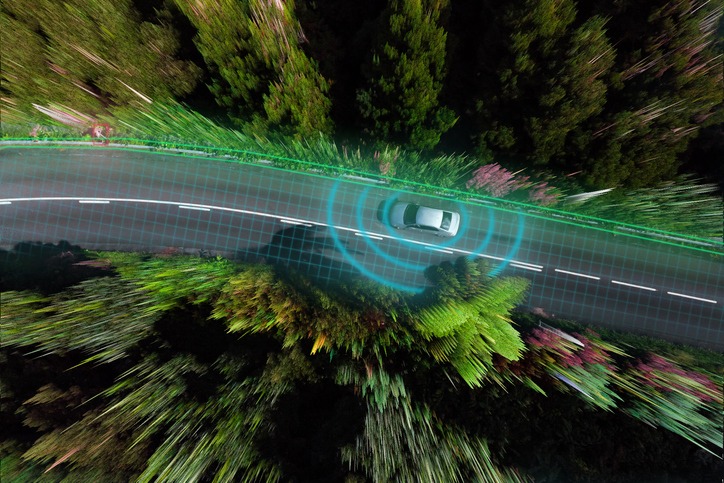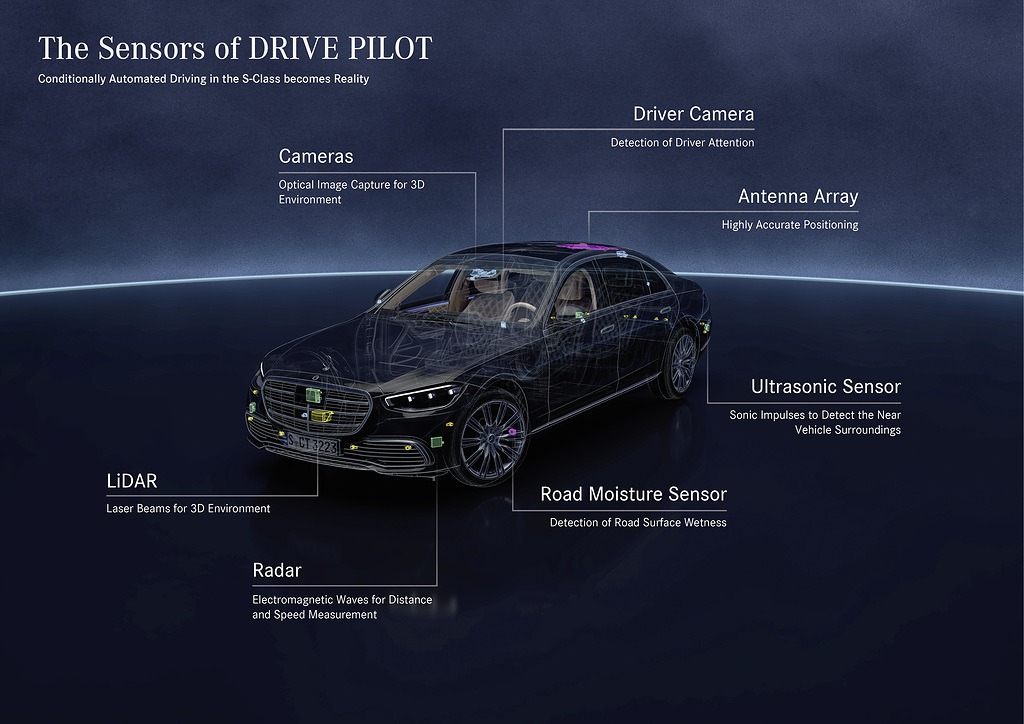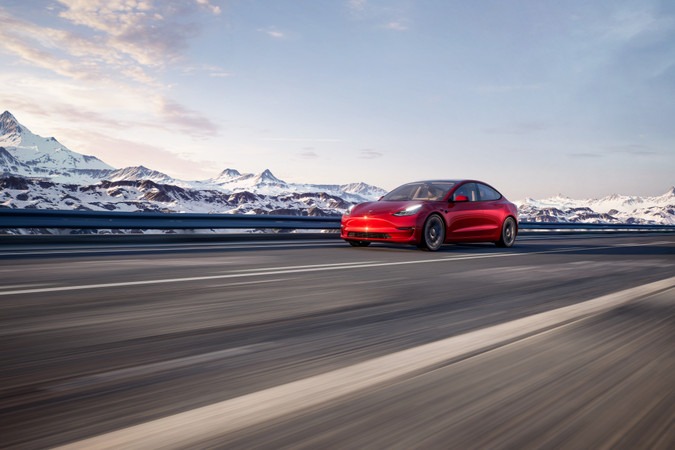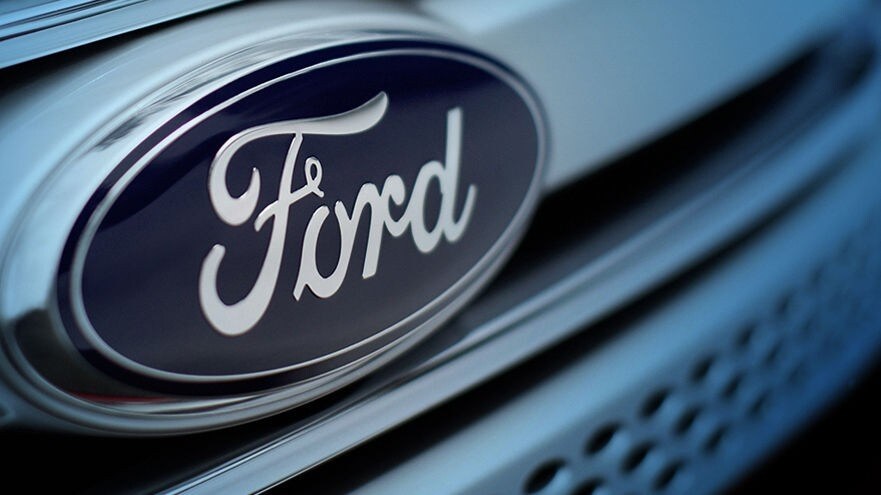Tesla taken to court – the shortcomings and legal challenges of automated-driving functions
25 July 2022

The common consensus is that advanced driver-assistance systems (ADAS) are safe, but challenges remain, writes Autovista24 journalist Rebeka Shaid.
Carmakers car always adding new features to improve vehicle safety, with consumers increasingly relying on advanced driver-assist systems. While manufacturers dream of making autonomous driving a reality, the technology is facing scrutiny – not least in courts.
Many cars come equipped with ADAS technologies. The list of features is long, including items such as adaptive cruise control, autonomous emergency braking, blind spot detection, lane-keeping assist, and reverse parking assist. These functions are broadly deemed as safe and are designed to avoid crashes. But what about more advanced technologies?
Tesla technology creates ‘massive hazard’
A recent lawsuit in Germany involving electric-vehicle (EV) maker Tesla and its Autopilot system has highlighted the shortcomings of the manufacturer’s technology. The case centred on problems a Tesla owner experienced with the Autopilot function in a Model X SUV.
A court in Munich ordered the EV specialist to reimburse a customer most of the €112,000 she paid for the car, which did not reliably identify obstacles, such as the narrowing of a construction site. The vehicle also activated the brakes unnecessarily, as an anonymised document the court shared with Autovista24 reveals.
The verdict was clear. ‘The court expert stated that both on the Autobahn and even in city traffic, obstacles are not reliably detected and, furthermore, that the vehicle brakes unnecessarily for obstacles that are not relevant from a human perspective,’ the Munich court laid out.
‘Sudden braking […] in a situation […] in which people would either not brake at all or only slightly, pose a massive hazard in view of the dense inner-city traffic, since such behaviour is dangerous and could quickly lead to rear-end collisions.’
Christoph Lindner, a Germany-based attorney well-versed in lawsuits involving Tesla, including the recent one in Munich, told Autovista24. ‘Cases like the present one [in Munich] are a necessary corrective to the often full-bodied praise of the vehicle manufacturers. Electromobility and new technologies can only be successful if the manufacturers treat the customers fairly and on an equal footing.’
Safety and convenience
Tesla takes safety seriously and automated-driving technology is key here. CEO Elon Musk believes Tesla cars are safer than others, and the manufacturer regularly publishes vehicle safety reports although the value of these have been questioned by safety experts.
Like many big corporations, Tesla is clever about the use of marketing and has promised for years it would develop self-driving cars. Autopilot has been labelled as an advanced driver-assistance system that enhances safety and convenience.
New Tesla cars now come standard with advanced hardware capable of providing Autopilot features, and ‘full self-driving capabilities.’ The carmaker relies on computing technology, sensors and cameras, which Tesla claims deliver 360 degrees of visibility at a range of up to 250 meters.
The Autopilot technology allows the car to steer, accelerate, and brake automatically within its lane. It can also be used to navigate and manoeuvre around objects during parking. But Tesla emphasises that drivers need to stay alert, supervise the car, and ‘not make the vehicle autonomous.’ When used properly, the company stresses, the technology can reduce the overall workload for a driver.
That is a big statement to make, especially as Autopilot appears to have played a role in several accidents – some of them fatal. In the US, safety regulators are investigating autopilot functions, following reports of 16 crashes.
Limitations
High-profile cases, not only in the US but in Europe, have led to concerns about the limitations of certain advanced driving-assistance systems. Safety experts are worried that more advanced automated-driving functions could lead to driver complacency. This could lull users into a false sense of security in cases when they need to be prepared to take control of the car.
While Tesla often hits the headlines, other carmakers could also be called into question once their technologies become more widely available. The race is on to develop more automated-driving functions, especially among premium carmakers.
Last year, Mercedes-Benz was the first car manufacturer to secure internationally valid system approval for conditionally automated driving up to SAE Level 3. The system, dubbed Drive Pilot, promises to take automated driving to the next level and ‘permits the vehicle to take over the dynamic driving task under certain conditions.’

Mercedes-Benz will reportedly accept legal responsibility for collisions involving cars fitted with an SAE Level 3 automated lane-keeping systems. However, the carmaker will only acknowledge liability if incidents are caused by a system fault, not if drivers fail to comply with their duty of care.
There are risks when a car is in automated mode and the driver is engaging in a secondary task. Research has found that drivers need time to transition back to the task of driving when required to do so. But with time often being limited in these kinds of situations, this transition could potentially be poorly executed.
Does this mean that current advanced automated-driving functions are unsafe?
‘We believe that our clients’ lawsuits do not generally challenge Tesla’s autopilot technology or comparable systems from other manufacturers,’ said Lindner. ‘Our aim is to ensure that customers get what they were promised and what they paid for.’
The crux is that manufacturers make big claims when it comes to systems like Tesla’s Autopilot, but validating these remains difficult.



